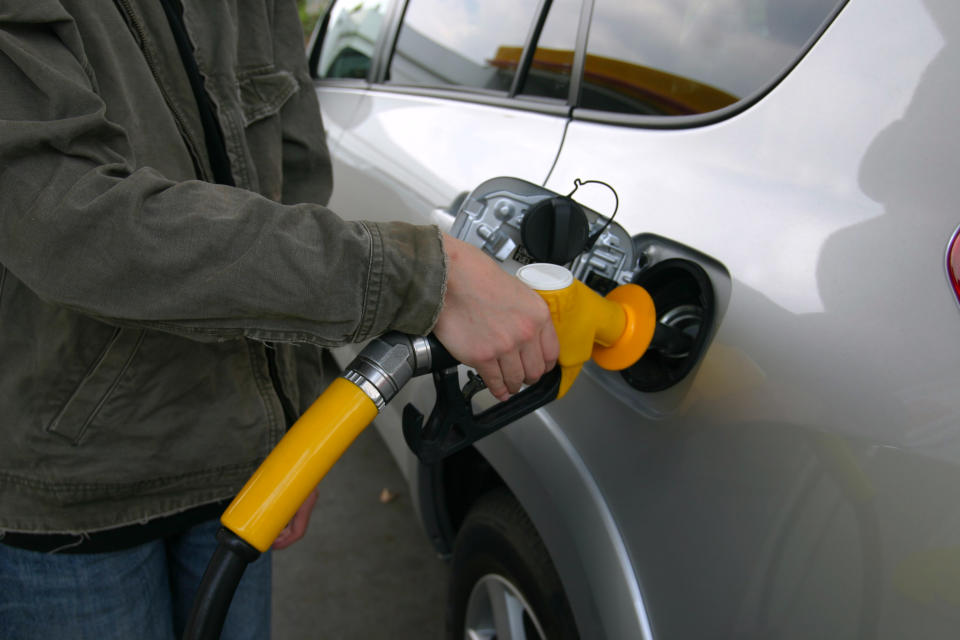80c a litre: What negative oil prices mean for Aussies

Australian motorists could soon score petrol for as cheap as 80 cents a litre as coronavirus continues to deal blow after blow to the oil sector.
US crude oil futures fell below US$0 for the first time in history on Monday and ended the day at an incredible minus US$37.63 a barrel as demand for fuel dries up around the world.
With flights grounded and motorists staying at home, the negative oil price means suppliers are paying for people to store the oil, NRMA spokesperson Peter Khoury told Yahoo Finance.
“‘What the hell is going on?’ is a very good question, because we've never seen anything like this before,” Khoury said.
He said the world is in “uncharted territory” as oil tankers - previously used to transport oil - are now used as storage facilities because there’s nowhere else to put it.
And due to trade agreements with OPEC, current oil production isn’t due to decrease until May.
“We are now seeing that play out in the futures price of crude oil and that's why we're seeing the price go into negative,” he said.
“The result is there's going to be even further falls in Mogas prices, which is Australia’s international benchmark price… we do expect the wholesale price in Sydney to fall another 2 cents a litre.”
What does it mean for petrol prices?
Khoury said Australia is seeing prices not seen in 20 years, and they will fall further.
“We do expect the wholesale price in Sydney to fall another 2c a litre, so we are probably going to be below 80c a litre for wholesale petrol in Australia,” he said.
“That just means even further falls in the price at the bowser from what we're currently seeing.”
But these prices vary from city to city, as well as between regional and urban hubs.
The average price in Sydney this morning is 96c a litre but has been falling around 2c a day, while petrol is cheapest in Perth at 86c a litre for regular unleaded.
Melbourne is seeing prices of 99c a litre and falling, while Brisbane is also seeing prices falling from 93c. Adelaide has begun climbing back up in the cycle to $1.10, but will also slide back down.
In capital cities that don’t have price cycles like Canberra ($1.18), Darwin ($1.22) and Hobart ($1.29), Khoury said a price correction is required.
“Those prices are way too high, they need to come down and so does regional Australia.”
And how low could it go?
Khoury said the wholesale price is a “pretty good reflection” of where prices will hit at the bottom of the cycle.
“If the wholesale price falls below 80c, well when we get to the bottom of the cycle in Sydney we won't get far off that,” he said.
And that’s just today’s news - with the continuing supply glut and weeks of overproduction left, it’s difficult to say when normalcy will resume.
“We’ve never seen a situation where there is so much oil on the global market, and there is nowhere to store it,” he said.
“I don't know that this is going to change any time soon because it will require demand to increase, and in order for that to happen we need to start seeing planes in the sky again and cars on the road and who knows when that's going to happen.”
Make your money work with Yahoo Finance’s daily newsletter. Sign up here and stay on top of the latest money, news and tech news.
Follow Yahoo Finance Australia on Facebook, Twitter, Instagram and LinkedIn.

 Yahoo Finance
Yahoo Finance 
